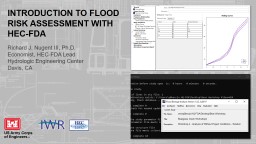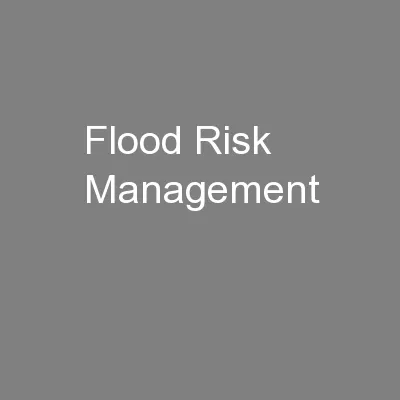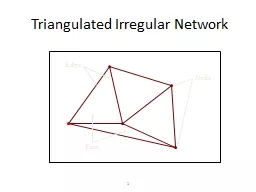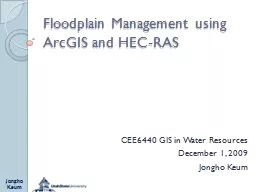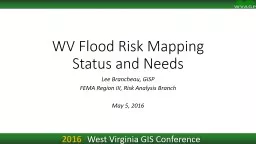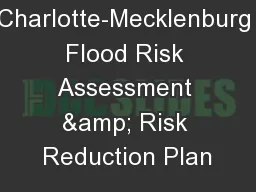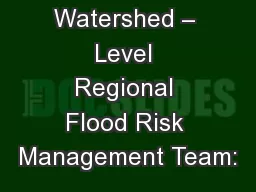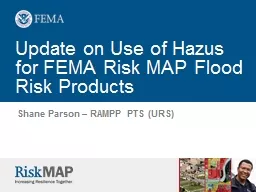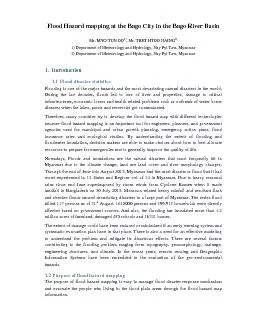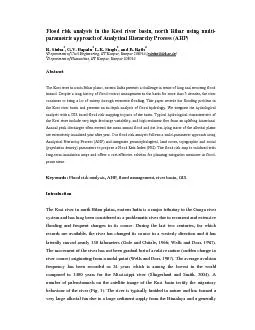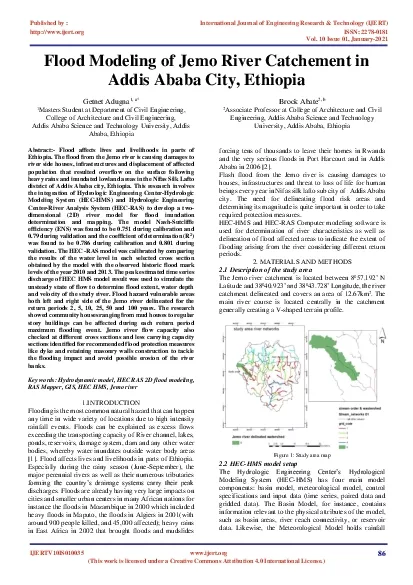PPT-Introduction to flood risk assessment with HEC-FDA
Author : smith | Published Date : 2024-03-13
Richard J Nugent III PhD Economist HECFDA Lead Hydrologic Engineering Center Davis CA agenda What is flood risk and how do we describe it How do we assess flood
Presentation Embed Code
Download Presentation
Download Presentation The PPT/PDF document "Introduction to flood risk assessment wi..." is the property of its rightful owner. Permission is granted to download and print the materials on this website for personal, non-commercial use only, and to display it on your personal computer provided you do not modify the materials and that you retain all copyright notices contained in the materials. By downloading content from our website, you accept the terms of this agreement.
Introduction to flood risk assessment with HEC-FDA: Transcript
Download Rules Of Document
"Introduction to flood risk assessment with HEC-FDA"The content belongs to its owner. You may download and print it for personal use, without modification, and keep all copyright notices. By downloading, you agree to these terms.
Related Documents

